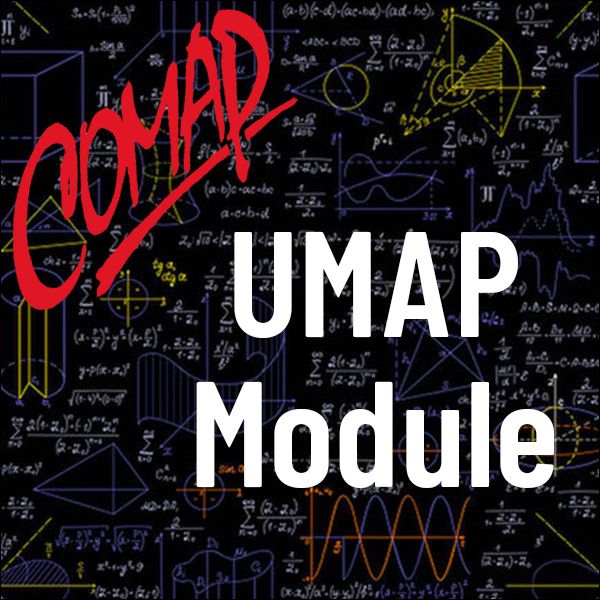Full Member Resources
Resource Type: Curricular Resource
Primary Level: Undergraduate
Getting in Touch with Touchy Questions (UMAP)
Author: Paul Mullenix
A unit that involves probability and statistics with questionnaires. This module explains a bias-reducing technique called randomized response in which a chance mechanism is used to preserve the anonymity of particular respondents while enabling the surveyor to discover information about the group of respondents by using elementary probability concepts. Students use the randomized response models of Warner, Simmons, and Greenberg to analyze data collected in surveys.
Table of Contents:
1. INTRODUCTION
2. THE WARNER MODEL
3. THE SIMMONS MODEL
4. THE GREENBERG MODEL
5. CONCLUSION
6. FURTHER READINGS AND REFERENCES
7. ANSWERS TO EXERCISES

©1988 by COMAP, Inc.
UMAP Module
25 pages
Mathematics Topics:
Probability & Statistics
Application Areas:
Psychological Sciences , Social Studies , Survey Research
Prerequisites:
Conditional probability; confidence intervals; variance
You must have a Full Membership to download this resource.
If you're already a member, login here.
Not yet a member?
Browse More Resources
Search